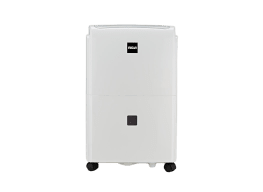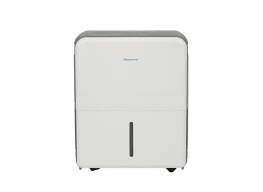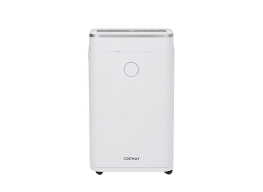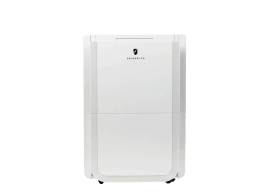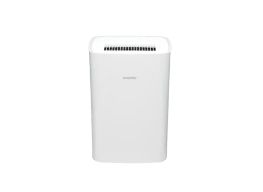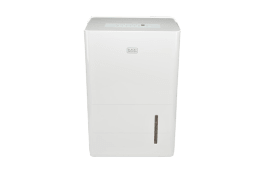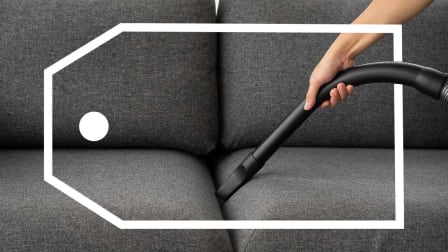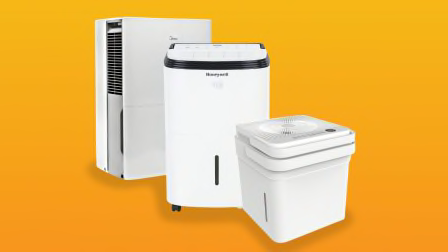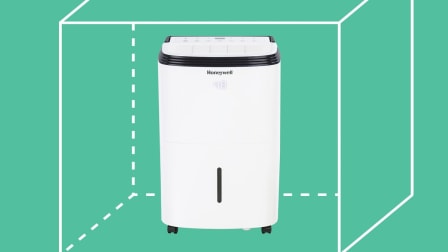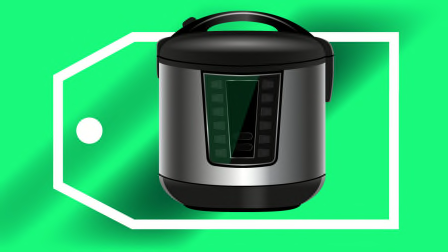How to Use a Dehumidifier: Tips for Best Results
How to improve your appliance's performance and efficiency
When used properly, a dehumidifier can be a great line of defense against unhealthy living conditions in your home: Dampness can promote the growth of mold, mildew, and dust mites. Telltale signs of indoor air with too much humidity include musty odors, clammy conditions, and condensation on the walls, windows, or ceiling.
How to Get the Most From Your Dehumidifier
Even a great dehumidifier can deliver lackluster performance if used incorrectly. Follow these tips to keep yours working at its best.
- Select the right size. Before buying a dehumidifier, figure out which size best fits your space. Consult our article “What Size Dehumidifier Do You Need?”—it offers step-by-step instructions and a neat dehumidifier size chart. CR readers with All Access membership can also view our full ratings of small-capacity dehumidifiers, medium-capacity dehumidifiers, and large-capacity dehumidifiers.
- Set the right humidity level. Indoors, the optimal relative humidity level is below 50 percent. If the humidity is higher than that, it can breed dust mites, mildew, and mold, which can trigger allergies and cause other health problems.
- Pick the right spot. Placement is key. Be sure to allow enough room for air to freely flow into and out of the dehumidifier. Most of the models in our ratings release air through vents on the top, but a few vent out the side. So leave some space around your dehumidifier so that the vents aren’t obstructed, keeping the unit at least a foot away from walls and furniture.
- Close all windows and doors. Enclosing your space will help keep humid air from entering your home, allowing your dehumidifier to work more efficiently.
- Empty the tank regularly. All of the dehumidifiers in CR’s tests have an indicator that lights up when the tank is full, and the unit shuts off automatically. You can either empty the tank yourself or connect a hose to divert the water to a drain nearby. Some dehumidifiers, conveniently, have a built-in pump that pushes water up and out through the hose and into a sink or even outside (through a basement window, for example).
- Keep it clean. The filter cleans the air that flows through the dehumidifier, and when it’s dirty, your dehumidifier’s efficiency takes a hit. Many models in our ratings have an indicator light to tell you when it’s time to clean the filter. Wash and dry the filter regularly according to your manual’s advice. While you’re at it, read the manual’s guidelines on cleaning the grille. When the grille is dirty, air movement is slowed. CR also recommends doing a deep cleaning and sanitizing of the tank at least once a week.
More Smart Ways to Deal With Dampness
Even the best dehumidifiers can’t fully compensate for chronic problems that create damp air in your home. Here’s a checklist with easy moisture-control measures you can take.
- Run exhaust fans. When you’re cooking or right before you shower, turn on the range hood or bathroom exhaust fan to remove moisture from the space. No fan? Opening a window can help, too.
- Clean your dryer duct. A clean duct vents the dryer’s warm, moist exhaust air outside your home. Clearing the duct of lint helps maintain airflow. In addition to controlling humidity, a clean dryer duct allows your laundry to dry faster, and helps to prevent dryer fires.
- Clear gutters. Your gutters help to direct rainwater away from your home. When your gutters are clogged, that water goes where it shouldn’t, which can raise humidity indoors. Extending your downspouts so that the water flows away from your house’s foundation is another easy way to control humidity at its source.
- Inspect your foundation. Water can seep into your basement through even the smallest cracks. Use silicone caulk or hydraulic cement to seal gaps that are ¼ inch or less in width. If you spot larger cracks, consult a structural engineer, because they could be a symptom of a larger structural problem.
- Check your yard’s grading. Your landscaping and even your lawn should slope away from your home to prevent water from collecting near the foundation.


















